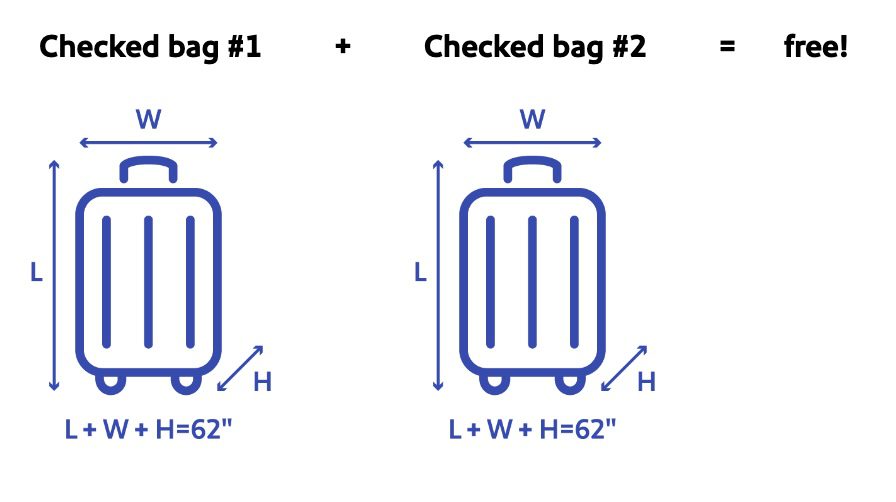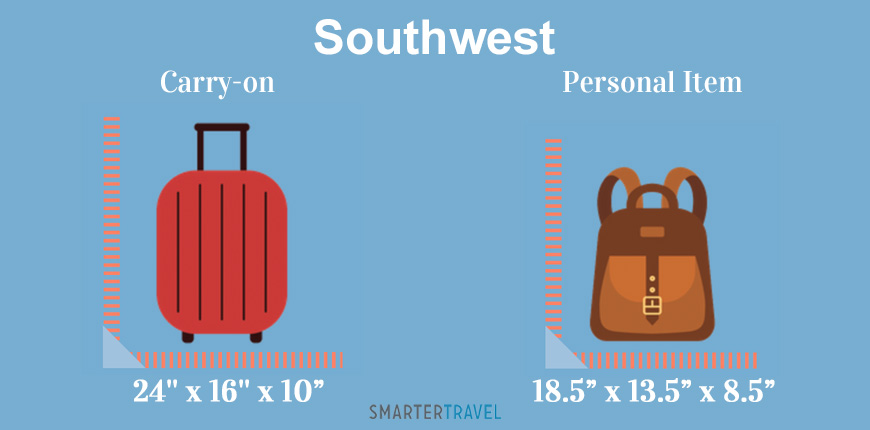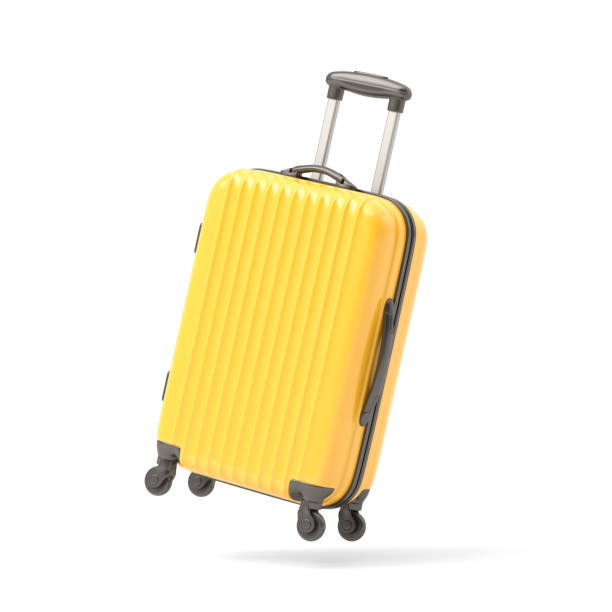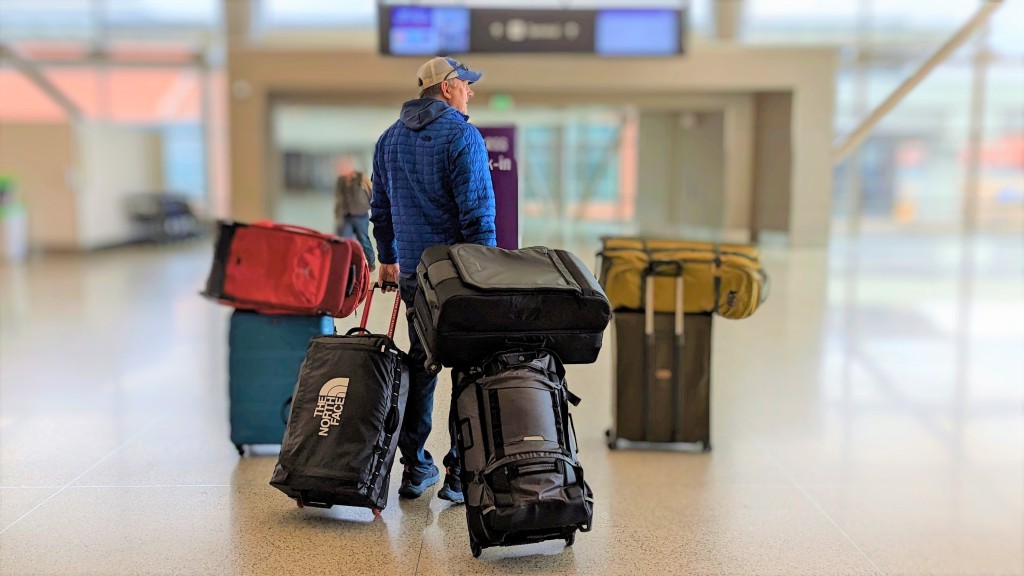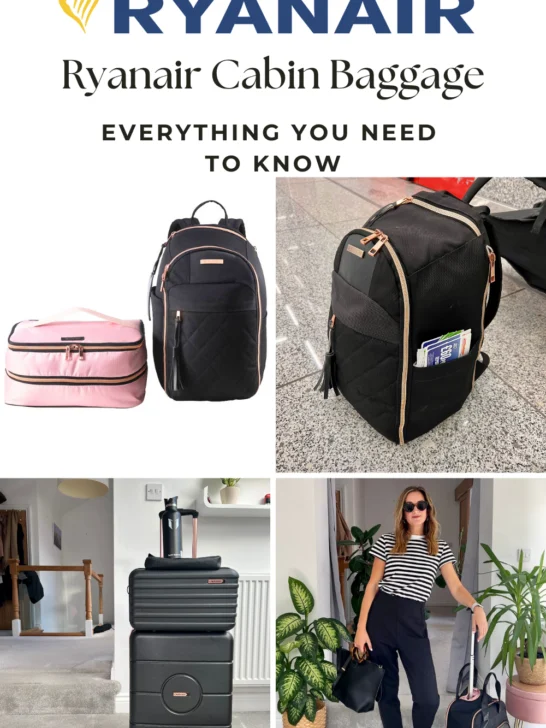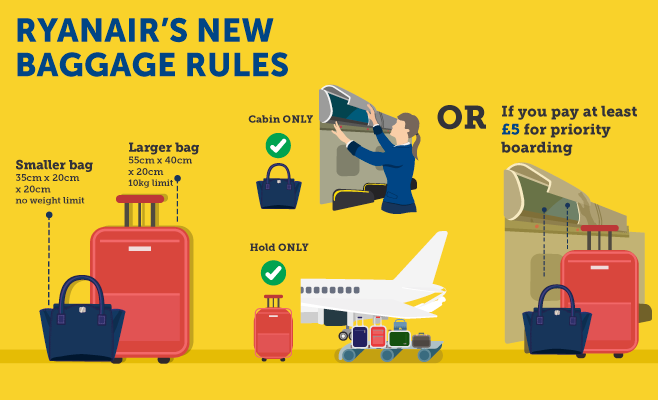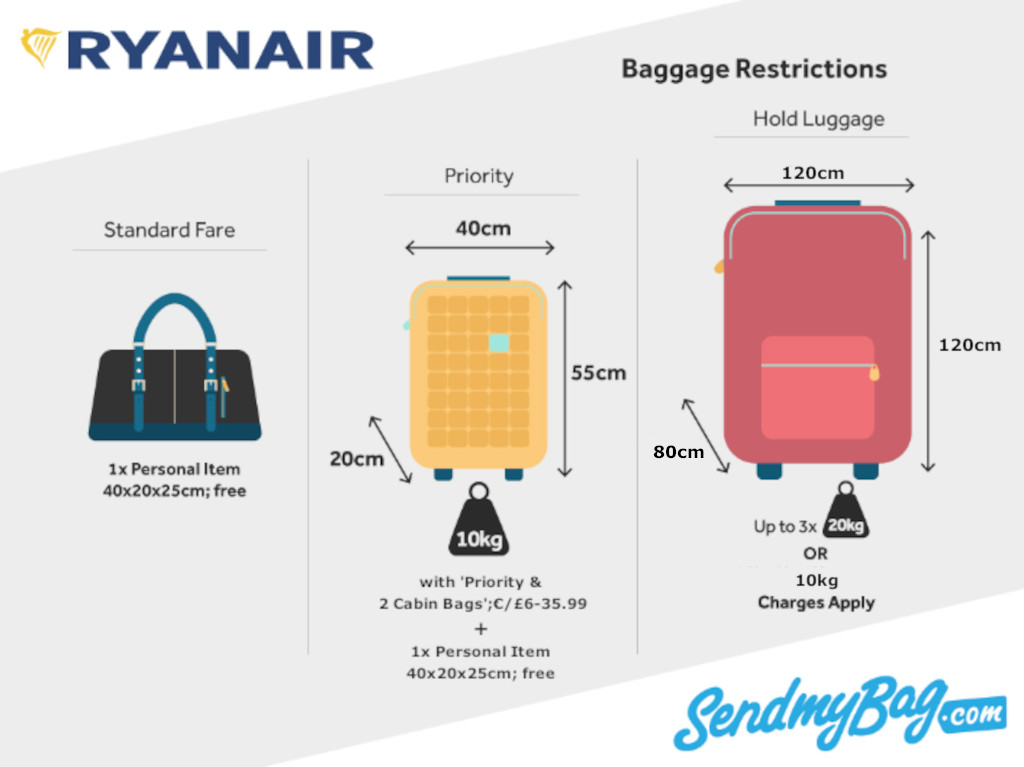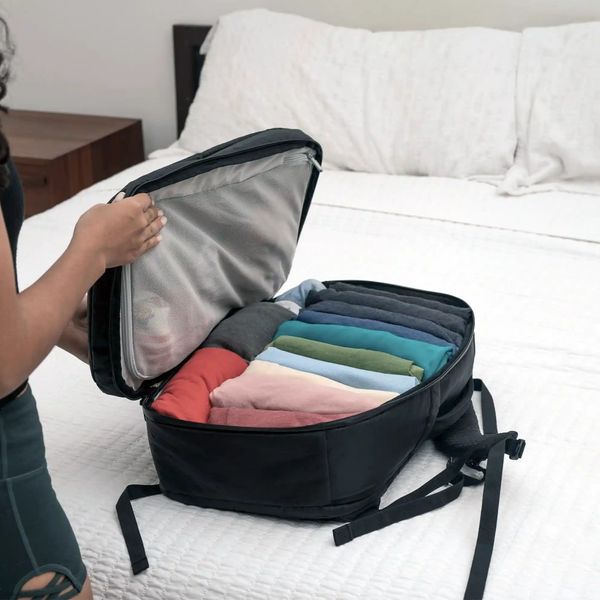Mastering Ryanair’s Cabin Luggage: Your Ultimate Guide for Savvy Travelers
Embarking on a journey with Ryanair often means embracing budget-friendly travel, and a crucial aspect of this is understanding their cabin luggage policy. Navigating the intricacies of size and weight restrictions can seem daunting, but with our comprehensive guide, you’ll be well-equipped to breeze through the airport and onto your flight without any unexpected hiccups or fees. We delve deep into the current regulations, offering invaluable tips and tricks to maximize your allowance and ensure a smooth travel experience. Forget the stress of last-minute repacking at the gate; we’ve got you covered.
Understanding the Core Ryanair Cabin Luggage Allowance
Ryanair’s standard fare typically includes one small personal bag, which must fit under the seat in front of you. Currently, the maximum dimensions for this small personal bag are 40x20x25cm. It’s absolutely vital to adhere to these measurements, as Ryanair rigorously checks baggage sizes at the gate. Exceeding these limits can result in significant fees for gate checking your bag. Think of this allowance as your essential carry-on for valuables, electronics, and items you need quick access to during your flight.
For those needing more space, Ryanair offers the option to purchase priority boarding or check in a 10kg cabin bag. Priority boarding allows you to bring both the small personal bag and a larger 10kg cabin bag onboard. The maximum dimensions for the 10kg cabin bag are 55x40x20cm. This additional allowance provides significantly more packing capacity, making it ideal for shorter trips or those who prefer to keep their luggage with them.
It’s crucial to remember that these regulations are subject to change, so always verify the latest information on the official Ryanair website before your travel date. Being proactive and informed is the key to avoiding any unwanted surprises at the airport.
Maximizing Your Small Personal Bag Space: Expert Packing Strategies
The 40x20x25cm limit might seem restrictive, but with clever packing techniques, you can be surprised by how much you can fit. Here are some expert strategies to make the most of your small personal bag:
Roll your clothes: This method saves space and minimizes wrinkles compared to folding.
Use packing cubes: These help compress your belongings and keep everything organized, making it easier to find what you need without unpacking everything.
Wear your bulkiest items: On travel days, opt for wearing your heaviest shoes, jackets, and sweaters to free up space in your bag.
Utilize every nook and cranny: Stuff socks and small items inside shoes or hats to maximize space efficiency.
Travel-sized toiletries: Invest in travel-sized versions of your essential toiletries or decant them into smaller, reusable containers.
Consider solid toiletries: Shampoo bars, solid conditioner, and solid sunscreen take up less space and eliminate the risk of leaks.
Pack versatile clothing items: Choose clothing that can be mixed and matched to create multiple outfits, reducing the overall number of items you need to pack.
Optimizing Your 10kg Cabin Bag: Packing for Longer Trips
If you’ve opted for the 10kg cabin bag, you have significantly more flexibility. However, efficient packing is still essential to stay within the 55x40x20cm dimensions and the 10kg weight limit. Here are some tips for packing your larger cabin bag effectively:
Weigh your bag before you leave for the airport: Invest in a small luggage scale to ensure you’re within the 10kg limit and avoid overweight charges.
Distribute weight evenly: Place heavier items near the wheels of your bag (if it has wheels) for better balance and easier maneuverability.
Plan your outfits: Create a rough itinerary of what you’ll wear each day to avoid overpacking unnecessary items.
Consider a lightweight suitcase or backpack: The weight of your empty bag contributes to the overall limit, so choose a lightweight option to maximize your packing capacity.
Leave unnecessary items at home: Be honest with yourself about what you truly need for your trip. Less is often more when it comes to packing.
Utilize the space efficiently: Employ the same rolling and packing cube techniques you would for your small personal bag.
Navigating Ryanair’s Baggage Checks at the Airport
Ryanair is known for its strict enforcement of its cabin luggage policy. Be prepared for your bags to be checked for both size and weight at various points, including check-in and the boarding gate. Investing in a cabin-sized suitcase or backpack that adheres precisely to the 55x40x20cm dimensions is a wise investment for frequent Ryanair travelers. Soft-sided bags offer a little more flexibility, but it’s still crucial to avoid overstuffing them.
If your bag is deemed too large or overweight at the gate, you will likely be required to check it into the hold and pay a substantial fee. These gate baggage fees are typically significantly higher than the fees for checking in a bag in advance. Therefore, meticulous preparation and adherence to the rules are paramount to avoiding these unexpected costs.
Essential Items to Keep in Your Small Personal Bag
Regardless of whether you have priority boarding, your small personal bag should contain essential items that you might need during the flight or immediately upon arrival. These include:
Travel documents: Passport, boarding pass, visas, and any other necessary identification.
Medications: Any prescription or over-the-counter medications you need, preferably in their original packaging with a copy of your prescription.
Valuables: Electronics (phone, laptop, camera), jewelry, cash, and credit cards.
Entertainment: Books, e-readers, headphones, and any other items to keep you entertained during the flight.
Snacks and drinks: While Ryanair offers in-flight refreshments for purchase, you may want to bring your own snacks and an empty water bottle to fill after security.
Essential toiletries: Travel-sized toothbrush, toothpaste, hand sanitizer, and any other immediate hygiene needs.
A change of clothes (optional): In case of unexpected delays or lost checked luggage (if applicable).
Staying Updated on Ryanair’s Cabin Luggage Rules
Airline baggage policies can change, so it’s crucial to stay informed about the latest regulations. Always refer to the official Ryanair website for the most up-to-date information regarding cabin luggage size, weight limits, and any associated fees. Check the baggage allowance specified on your booking confirmation as well, as rules can sometimes vary depending on the fare type purchased. By staying informed, you can ensure a stress-free and cost-effective journey with Ryanair.
By understanding and diligently following Ryanair’s cabin luggage rules, and by employing smart packing strategies, you can navigate your travels with ease and avoid any unnecessary expenses. Remember, preparation is key to a smooth and enjoyable journey. Happy travels!
